Since going Paleo, you might have noticed your skin has changed.
Sometimes it changes your skin for the better. Maybe it’s not as oily or acne-prone as before, or your flaky patches have finally cleared up. Or maybe your skin took a turn for the worst: it’s dry, or maybe a few pimples have popped up.
When you suddenly take away sugar, grains, and processed foods, your body has to flush out all of the bad stuff you have been feeding it for so long. This detoxification can result in more acne than normal for the first few weeks or even months. After that, you might find that your skin is really dry. This could be because your body is producing less sebum or is just reacting to other factors in your environment.
Want naturally radiant skin? We’ve created a FREE guide to give you the best tips & tricks for natural skincare. Click here to grab your copy!
If, however, your fat intake isn’t high enough, you could end up with dry skin. Increase your good fats (more egg yolks, coconut oil, or fatty fish) and see what happens. You might also find you need to supplement your Omega 3 oils or cod liver oil if you don’t get enough from your diet. The natural Vitamin A in cod liver oil can also help clear up acne-prone skin.
Unfortunately, what works for one person doesn’t work for another. If you have moderate to severe acne and find that the switch to Paleo doesn’t do it for you, or makes it worse, then you have to fiddle with your diet and lifestyle to find out what will help. Maybe your high-stress lifestyle is a big contributor. Whatever change you decide to make, keep it for at least two weeks to a month before you decide it doesn’t work. Either way, remember that skincare is an important supplement to whatever other changes you make!
Paleo Skincare
You already know that what you put in your body affects your health…but did you come to the same conclusion about what you put ON your body?
You’re careful about the chemicals you ingest, but if you’re dumping chemicals onto your scalp and skin with no thought, maybe it’s time to consider their contribution to the side effects you’re experiencing. Look at the ingredients of the products you use in your daily beauty regimen. Can you pronounce all of them? Are they things you want on your skin? Would you eat them?
If not, don’t worry. There are some really healthy, simple changes you can make to your morning and evening skincare routines.
Microfiber Cloth
One thing you’ll definitely need for all-in-one skincare is a microfiber cloth. Just dab in warm water to exfoliate, remove makeup, and keep your skin clean. No expensive chemical products necessary!
Oil Cleansing
If you feel you need a little more TLC than the microfiber alone can provide, try oil cleansing. It will leave your skin feeling clean, soft, and without the need for extra moisturizer.
If you have oily skin, don’t worry about this method making it worse. It helps your skin’s natural balance restore itself. Usually, your body over-produces oil in response to the products you use that strip the oil from your skin. With the oil cleansing method, those natural oils don’t get stripped away.
Use this method once per day; night is best. In the morning, you should be able to just wash your face with warm water and go.
You’ll need either castor oil or coconut oil, or a mixture of the two. If your skin is very oily, use more castor oil; if you find your skin is drying out, use less castor oil. You can also add an essential oil of your their choice, such as lavender or tea tree, which can help soothe skin and ward off acne.
You can pre-mix the oil in batches of about half a cup. Then mix in between 10 and 20 drops of your choice of essential oil. Keep this in a glass jar in your bathroom.
Wet your face with warm water and have a wash cloth nearby. Put a quarter-sized dollop of oil in your hands and rub them together, then massage the oil into your face for at least 30 seconds.
Wet the wash cloth with hot tap water and lay it out over your face. Leave it on for about 30 seconds and then gently rub off some of the oil mixture. Rinse the cloth and repeat.
Oil Moisturizer
Hopefully, you won’t need to moisturize as much if you start using the oil cleansing routine. But if you find you do need a moisturizer afterwards, try finishing with a little bit of coconut oil. Don’t overdo it though, because a little goes a long way!
Baking Soda Exfoliator
If you need to exfoliate, try mixing baking soda, water and a dab of liquid soap (Dr. Bronner’s works well) or coconut oil.
Use a tablespoon or so of baking soda, some water, and a squirt of the soap or oil. You want the consistency to be similar to icing.
Wet your face with warm water and then apply the baking soda blend with your fingertips. Rub in gentle circular motions. Keep it out of your eyes! Rinse off with warm water and pat gently to dry.
Apple Cider Vinegar For Toning
An apple cider vinegar rinse can help act as a toner. Try mixing it in with some water and increase the amount of vinegar you use as your skin gets used to it. Use a cotton ball or soft cloth and apply it after you’ve washed your face at night. Pat dry.
Dry Brush
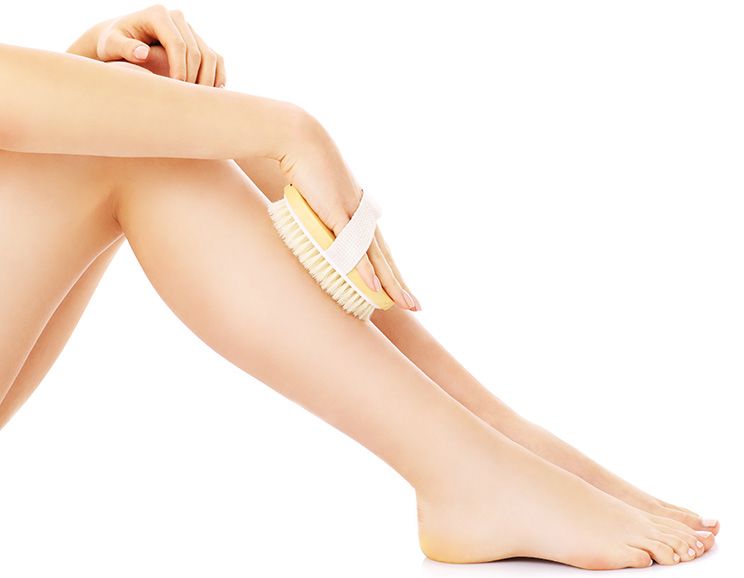
When it comes to your entire body, you can use the dry brush method to help to remove dead skin cells. From everywhere but your face, that is! You’ll need a special natural brush for this if you want to do it the “right” way but you can also use an exfoliating mitt; start at feet and move in circular movements. Do one leg at a time. When you get to your torso, start over at your neck and work your way down towards your heart. Do the same with your arms. Not only will this feel great, but the benefits of skin brushing include cell regeneration and increased blood flow!
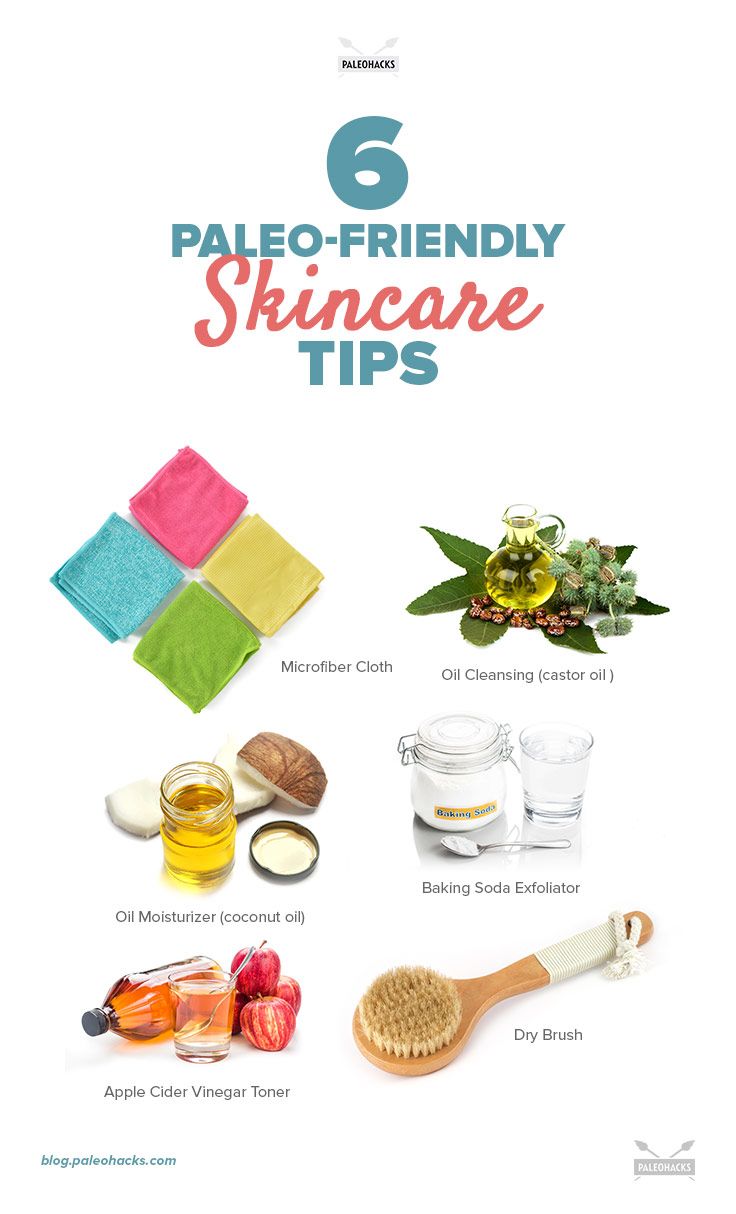


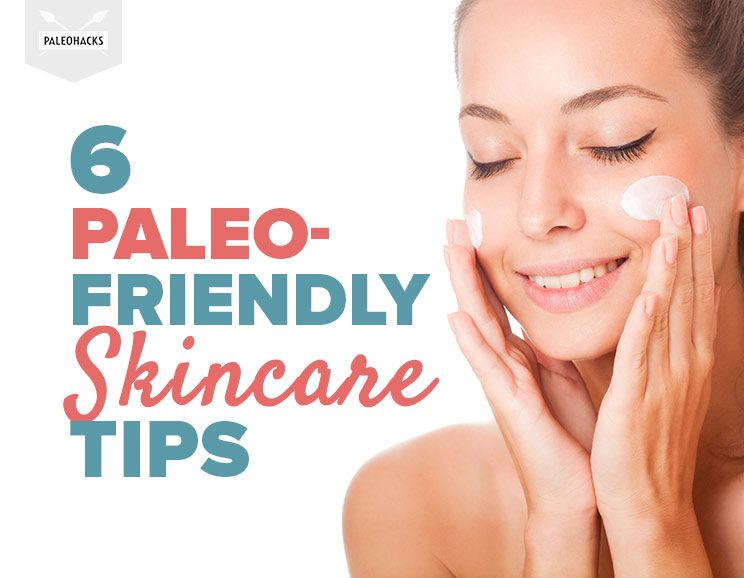
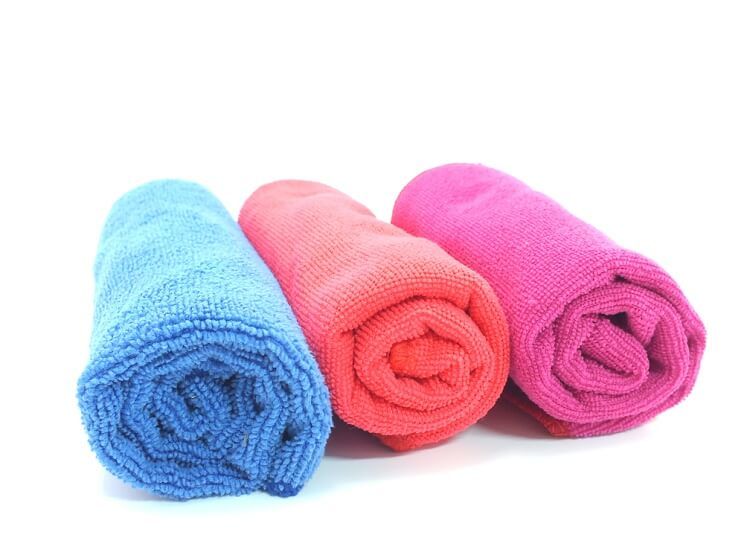
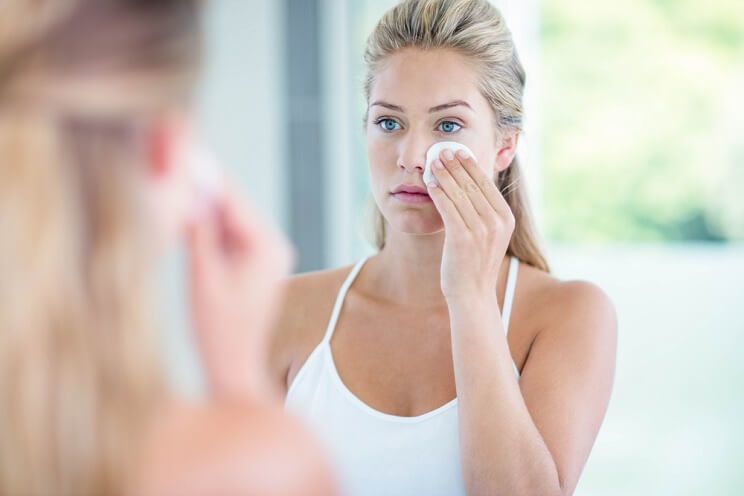
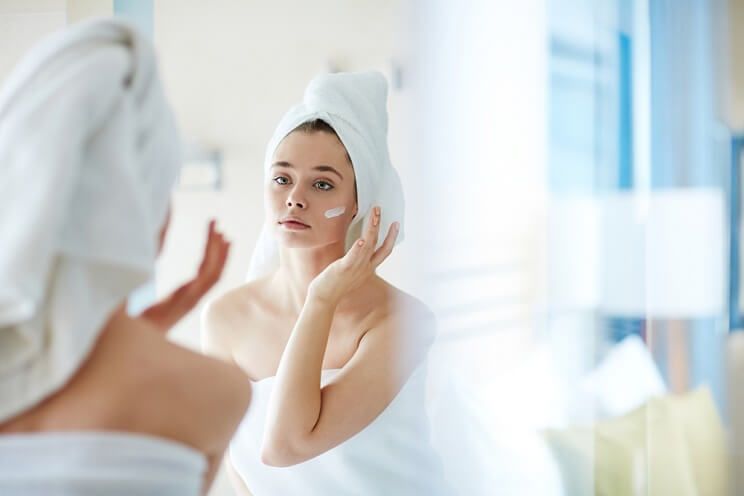
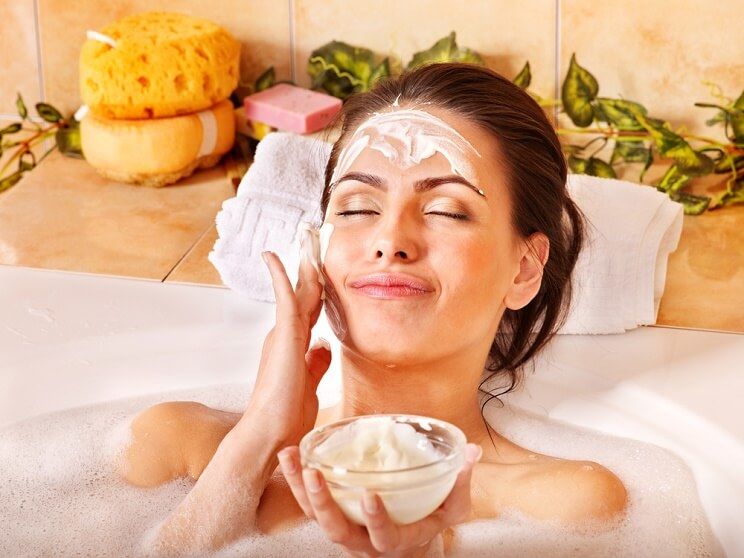

 What’s Wrong With Grains?
What’s Wrong With Grains?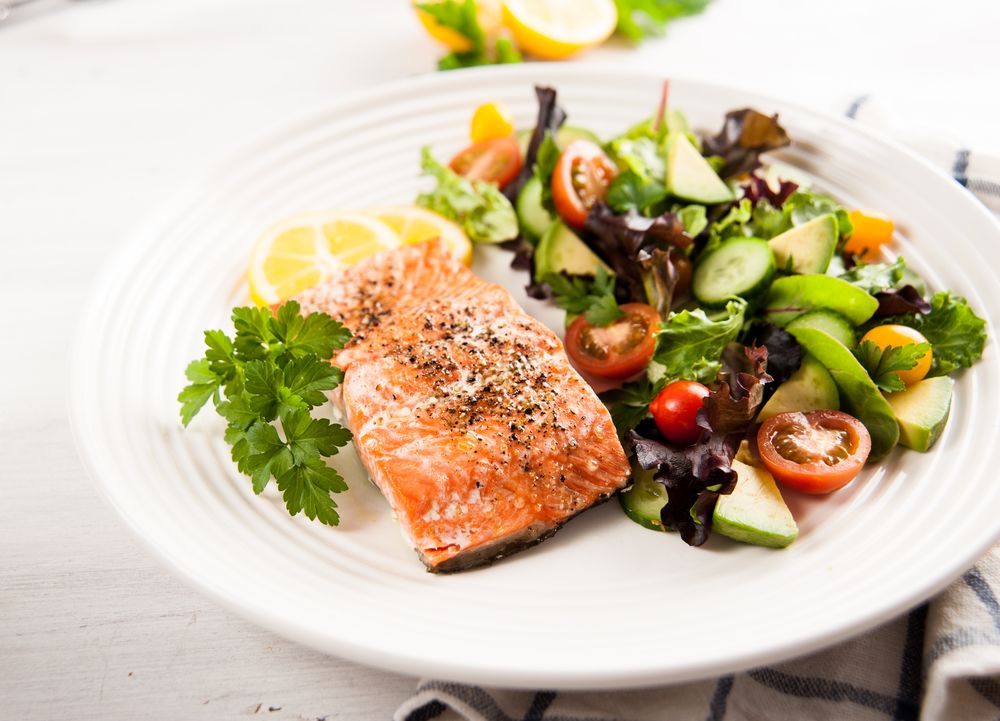

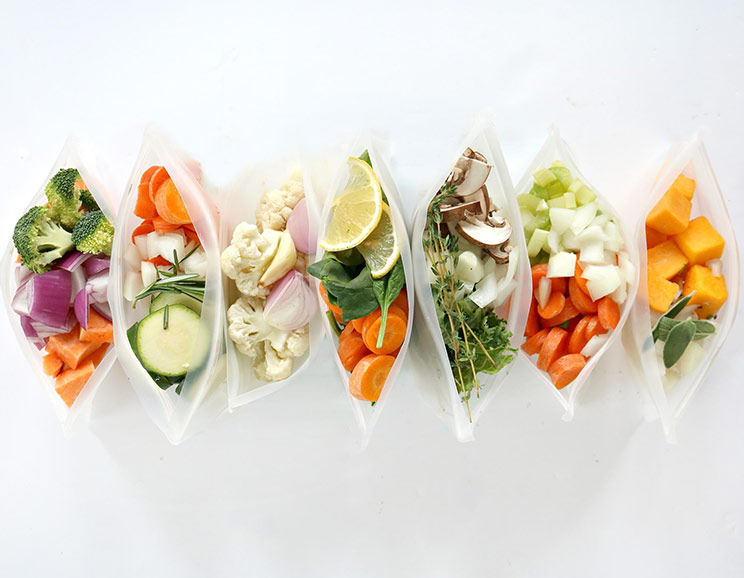

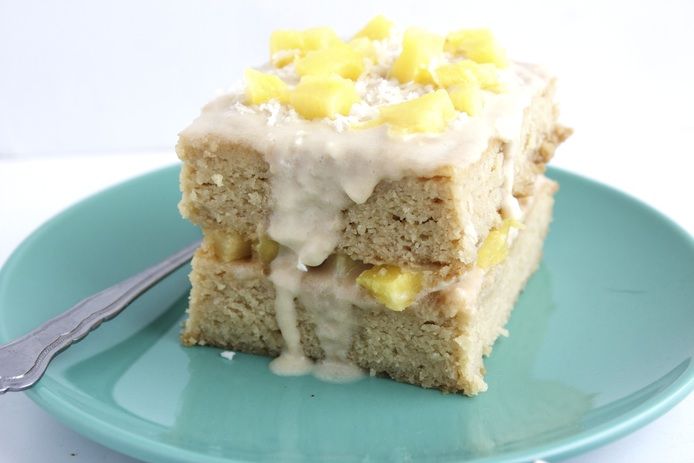
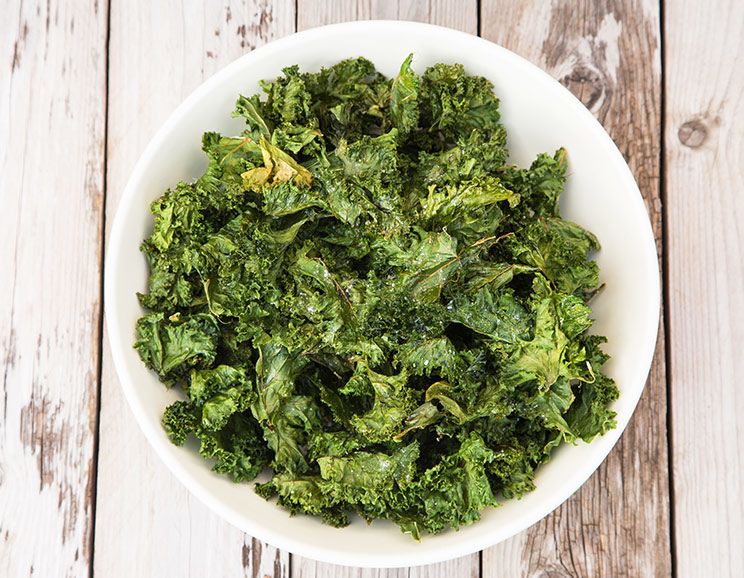
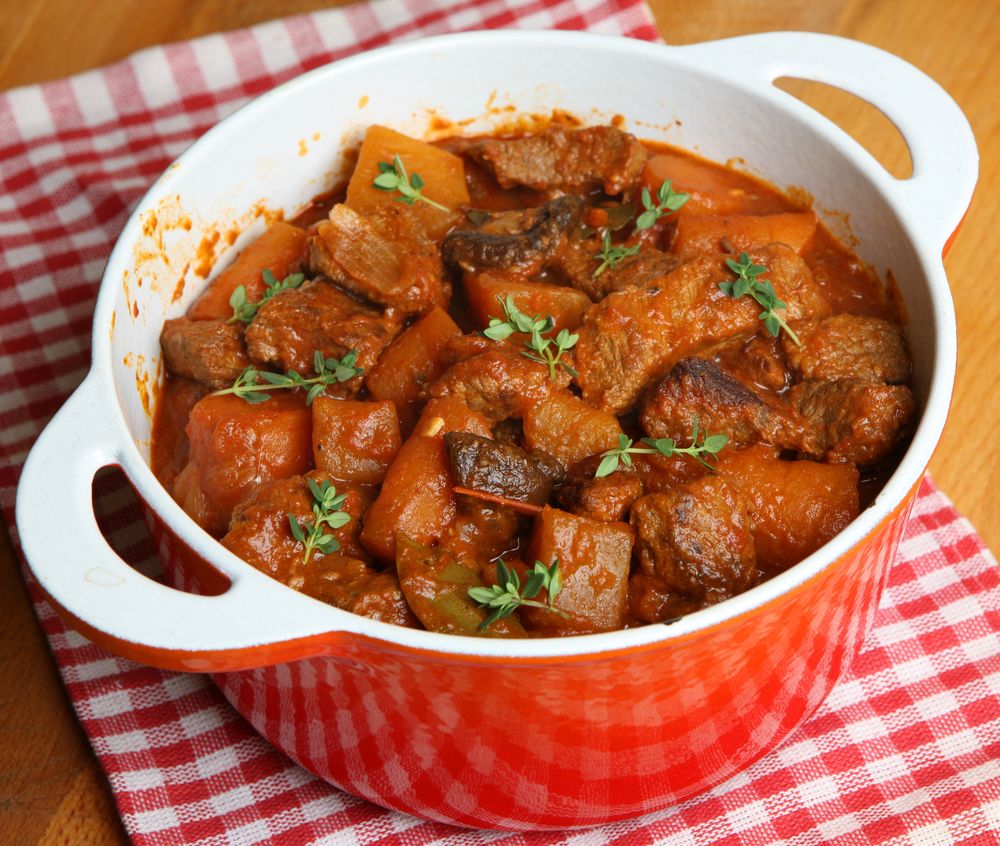
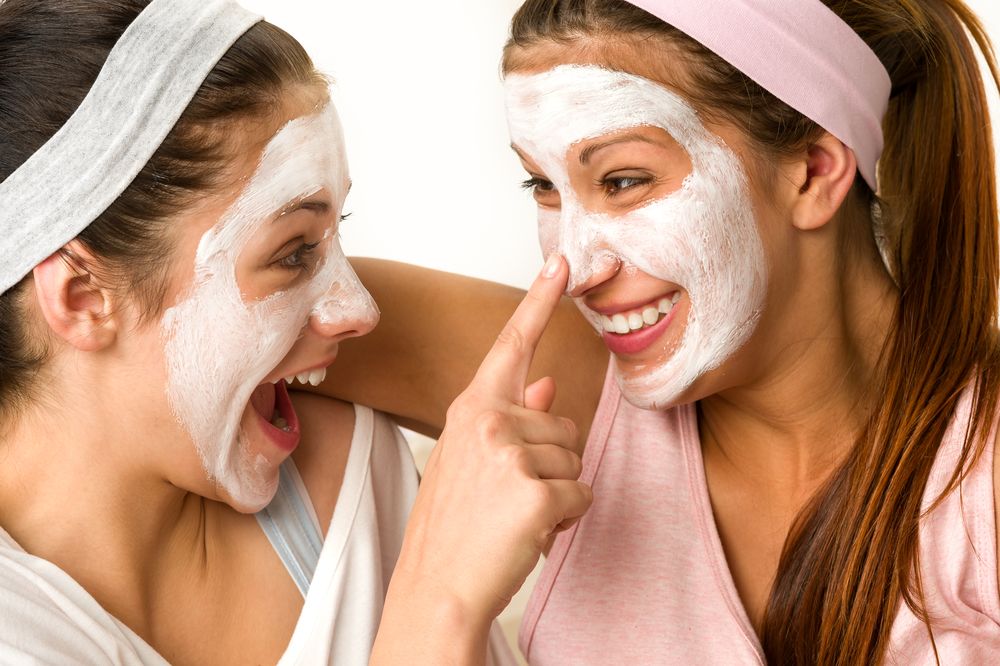
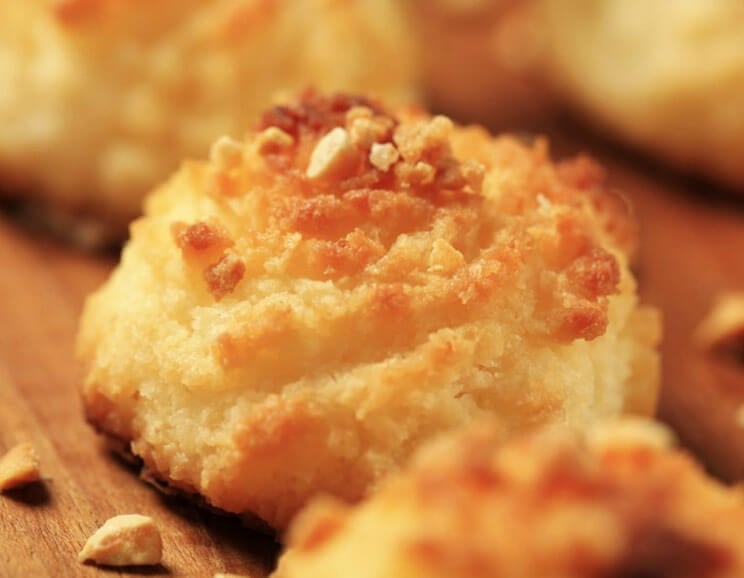
Show Comments